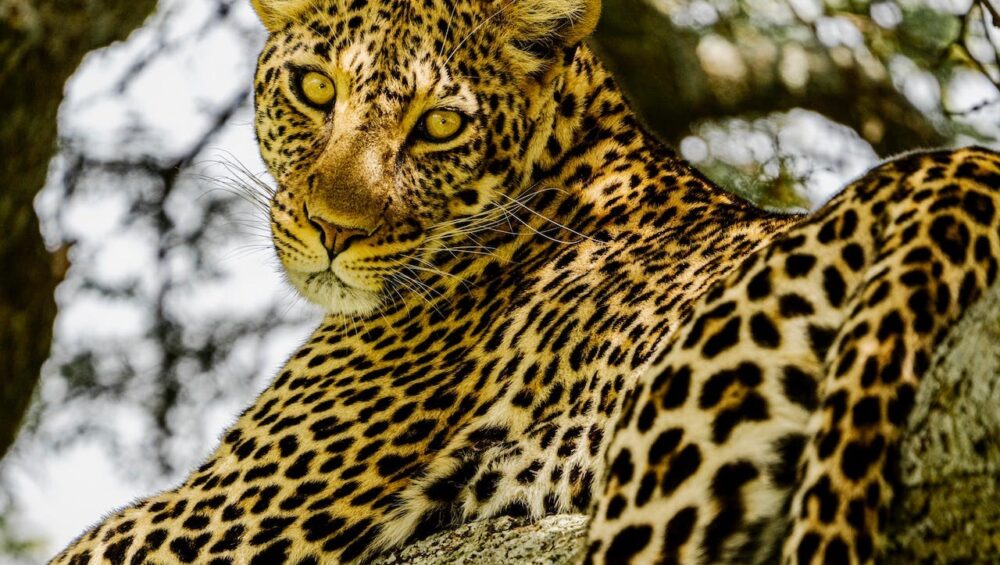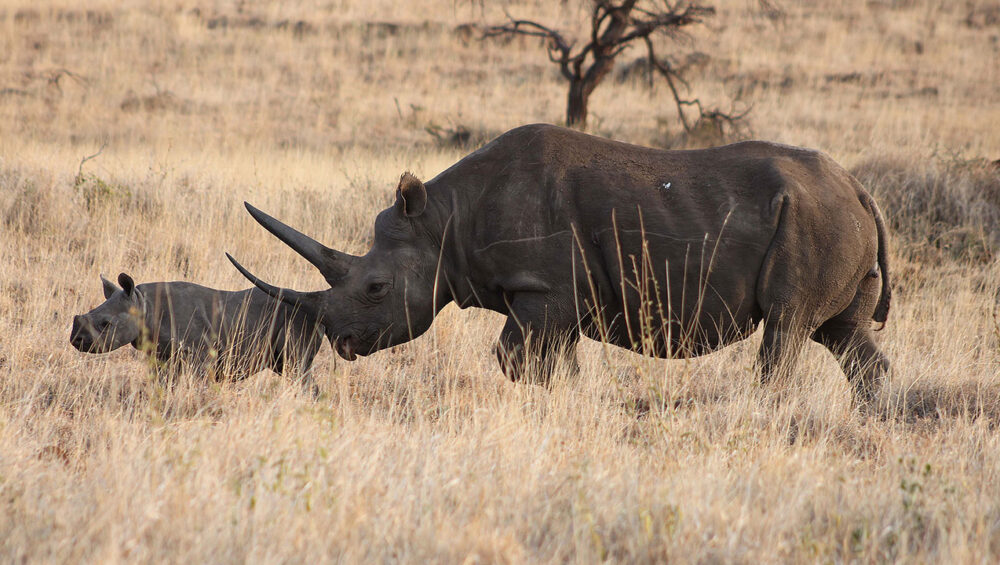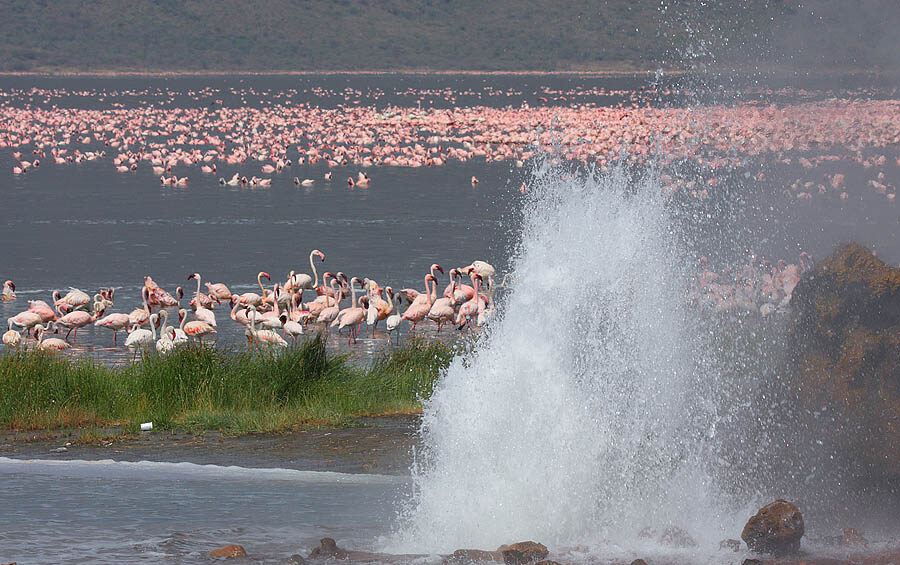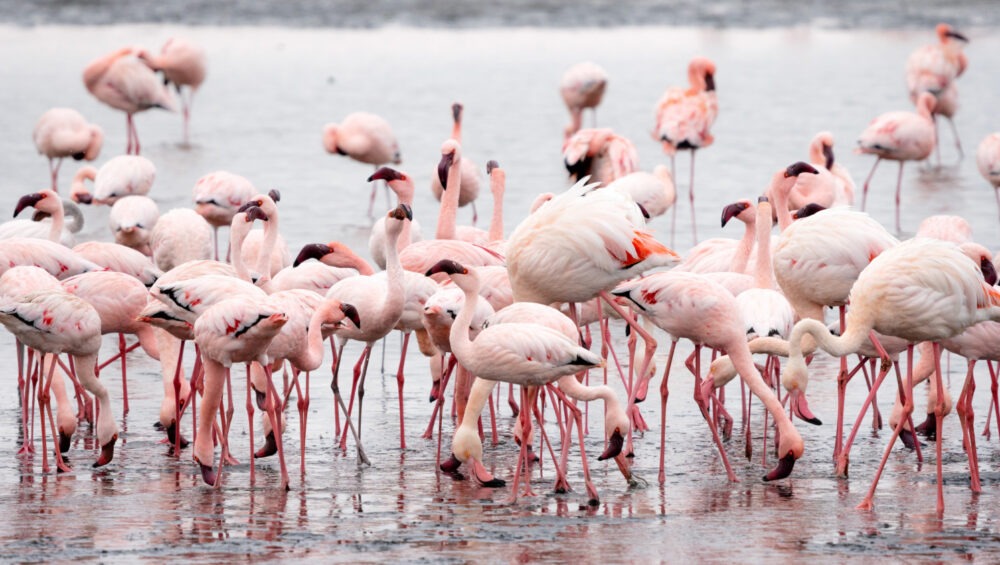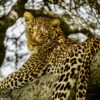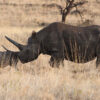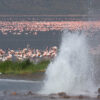Masai Mara
The Maasai Mara National Reserve is a renowned wildlife reserve located in southwestern Kenya, contiguous with the Tanzanian border. It is part of the larger Mara ecosystem and is named after the Maasai people and the Mara River that divides it. Here are some key points about the Maasai Mara National Reserve:
- Wildlife and Migration: The Maasai Mara is famous for its abundant wildlife, including the “Big Five” (lion, leopard, elephant, buffalo, and rhinoceros). One of the most spectacular events is the annual wildebeest migration, where millions of wildebeest, zebras, and other herbivores move between the Serengeti in Tanzania and the Maasai Mara in search of food and water.
- Landscape: The reserve is characterized by open grasslands, acacia trees, and the Mara River, which provides a water source for the diverse wildlife. The terrain is ideal for game viewing, and the Mara Triangle, one of the three sectors of the reserve, is known for its stunning scenery.
- Maasai People: The Maasai Mara is named after the Maasai people who inhabit the region. The Maasai are known for their distinctive customs, clothing, and traditional lifestyle. Some lodges and camps in the area offer cultural experiences, allowing visitors to interact with the Maasai and learn about their way of life.
- Conservation: The Maasai Mara National Reserve is a crucial part of the larger Mara-Serengeti ecosystem, and conservation efforts are in place to protect the rich biodiversity of the area. Various organizations and stakeholders work towards preserving the natural habitat and ensuring the well-being of the wildlife.
- Tourism: The Maasai Mara is a popular destination for wildlife enthusiasts, photographers, and tourists seeking an authentic safari experience. Numerous lodges and camps provide accommodation options, ranging from luxury to more basic facilities. Game drives, hot air balloon safaris, and guided walks are among the activities offered to visitors.
- Accessibility: The reserve is easily accessible by road from Nairobi, Kenya’s capital, or by air through several airstrips in the region.
When planning a visit to the Maasai Mara, it’s advisable to check the current travel conditions, park regulations, and seasonal variations to maximize your safari experience.

